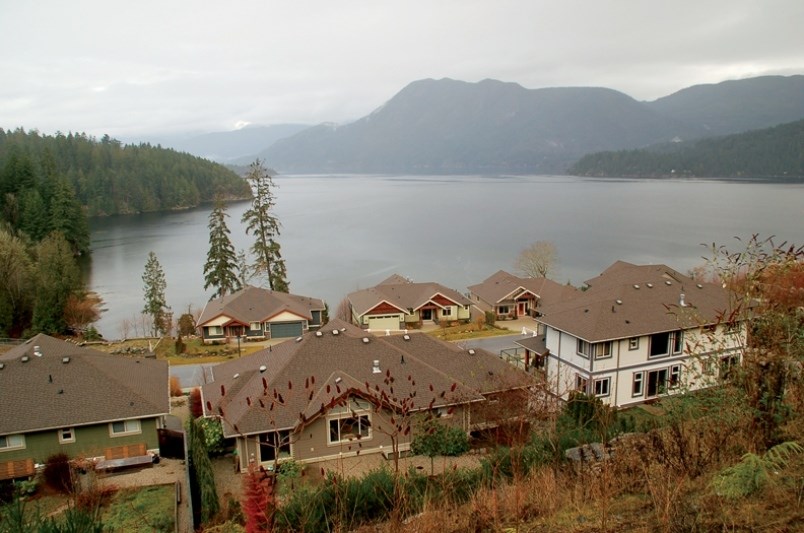In the latest move in the ongoing legal battle over the now-evacuated Seawatch subdivision in Sechelt, the district says it’s putting developer Concordia Seawatch and the property owners “on notice” about their “contractual obligation to the District to take responsibility for the repair and stabilization of failing road infrastructure, slopes and similar features.”
The first sinkholes started appearing in the subdivision in 2012 and in the time since, several legal actions have been launched involving the developer, the district and at least 12 property owners.
The first were filed in 2015, shortly after a property on Gale Avenue North was declared unsafe to live in, followed by more in July and August 2019 after the district’s declaration of a state of emergency and complete evacuation of the subdivision earlier that year. Two lawsuits filed in 2015 had been scheduled to go to court in late May.
In a release April 9 the district said, “Today, in response to ongoing demands by Seawatch owners that the District take responsibility for the condition of the subdivision, the District has issued a demand through legal counsel for the developer and the Seawatch owners that they carry out their obligation to repair the subdivision, as required in a restrictive covenant registered to the lots in the subdivision.”
The district contends that the original approval of the subdivision “included a requirement that Concordia, and subsequent purchasers of lots in the subdivision, accept the risk and be responsible for the future repair of certain potential problems which could arise through the use and development of the lands.”
The district’s release said it does not accept the argument that the cost of a failed private-sector venture should be borne by Sechelt taxpayers and points to the recent installation of fencing at the evacuated site “in response to persistent complaints by owners that the previous, portable fencing did not adequately protect the property from trespassers.”
The district claims the property owners have now “demanded that the district compensate them for the ‘use or acquisition’ of their properties to address an emergency.”
“The District has responded, in part, by identifying to the owners that safety fencing would not be required if Concordia and the Seawatch owners would carry out their legal responsibility to repair the subdivision and make it safe,” the release said.
Emergency Management BC told Coast Reporter at the time that the province had committed to providing “up to $200,000 to help protect members of the public from entering the Seawatch subdivision,” which was expected to cover the cost of the new fencing.
“It is unfortunate that this situation is escalating at a time when we should all be focused on the current health crisis,” Mayor Darnelda Siegers said. “However, the District must direct appropriate legal action to the parties who hold the legal responsibility to repair this subdivision: the developer and the other owners.”
The district’s release goes on to claim that “to date, the cause or causes of the geotechnical problems within the subdivision have not been clearly identified and the estimated costs to conduct further, extensive geotechnical study of the subdivision is not financially feasible for the district and taxpayers to bear.
“The district maintains that the Seawatch owners were aware of the history and risks associated with the subdivision when they purchased their properties and that the developer and the owners are legally responsible for repairing the subdivision.”
The lawyer representing eight of the Seawatch property owners involved in legal action said the district’s press release is the first his clients have heard of the district’s “demand.”
A response to the district’s legal counsel from the lawyer representing two other homeowners calls the district’s demand “mean-spirited” and “without legal foundation” because it seems to rely on a part of the covenant referring to damage caused by construction or use of the lands without offering evidence that was the cause of the damage.



